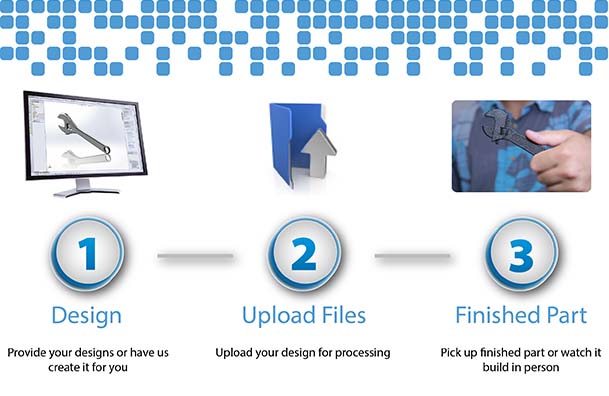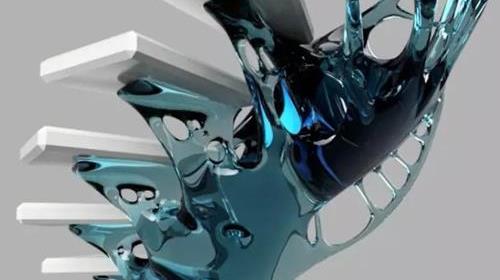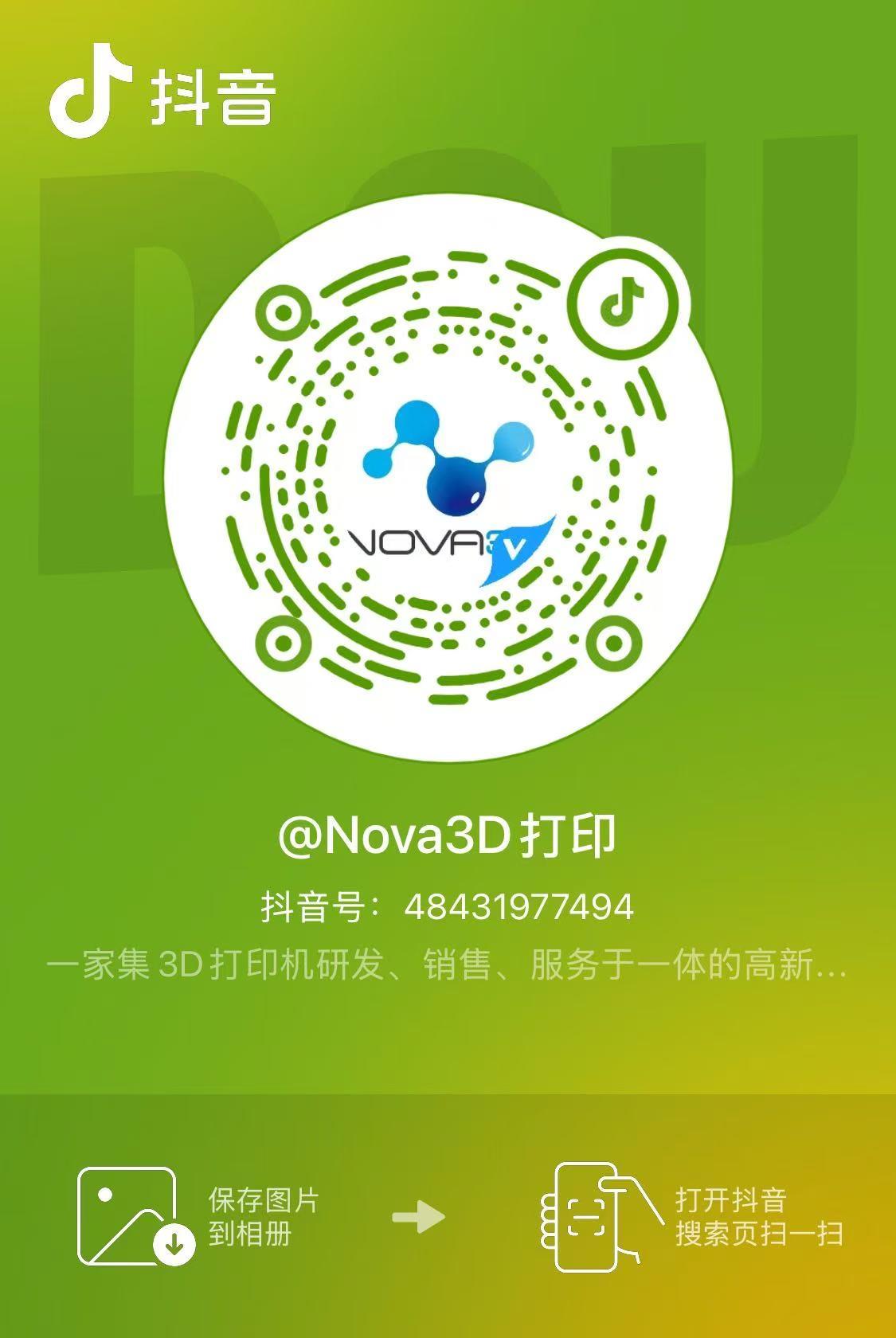模型手办3D打印机首选,容易操作且打印表现不俗。
The Trend of 3D Printing in Education
At present, due to the scissors gap between 3D printing education and market demand, many of the popular 3D printing business models in the Chinese market are still not the mainstream comparing with these on international market.
Many business models that seem to be related to 3D printing actually deviate from the theme. As far as 3D printing pancakes is concerned, whether pancakes can satisfy the stomach of consumers is not due to 3D printing technology, but whether the pancakes taste like pancakes. The same is true of some artworks based on 3D printing technology. In the final analysis, 3D printing technology is only a way to realize the beauty and design of a designer ’s genius. Whether anyone pays for the art itself does not depend on the concept of 3D printing, but with the work. The artistic value of itself is directly related to the function of the work and service provided.
With further research in the application of 3D printing in education, I believe that it will further deepen the depth and control of 3D printing technology in the whole society, and will also create more new levels of content-rich and competitive business models.

After more than 30 years of development, 3D printing has passed the market introduction period and entered a period of rapid development. The National Oak Ridge Laboratory believes that in recent years, people will see micro factories, and distributed manufacturing has become the norm in manufacturing. Previously, human resources were used to transport many commodities to our hands from hundreds or thousands of kilometers away. With such a long carbon emission trajectory, we are unsustainable to the waste of resources on the planet. Environmental protection, zero inventory, and innovation are the key words that 3D printing technology contributes to human society. Corresponding to the development of 3D printing technology, education has also been put on an important agenda. The development of 3D printing education has become a prerequisite for whether the potential of 3D printing technology’s benefits can be maximized.
America Makes in the United States made their 3D printing knowledge popularization strategy targeting the whole society, including from the education from the first grade to graduate, from company employees to CEOs, from housewives to manufacturers. 3D printing will become more and more widely used in manufacturing. 3D printing will become a part of compulsory education. Schools cannot miss it. Otherwise, they will not be able to properly educate students based on society’s needs.
But how to develop 3D printing education? What is the logic? 3D Science Gut summarizes the general needs of the 3D printing industry at domestic and abroad as follows for industry reference.
Business training
Nova3d sees the business models for 3D printing education in China emerge in large numbers, for example, idreamer3D aiming at 3D printing education for teenagers and children; D Guoxuetang, the online interactive learning platform for 3D printing based on social network; the Teach Innovation Academy made by Hangzhou Mingzhan and Zhejiang University; and the "3D Interactive Teaching System" developed by Manheng for universities and so on. For oversea market, in addition to mainstream 3D printing companies including Autodesk ’s training academy and ignite online education platform, there’s MakerBot ’s educational packaging service products, and professional training institutions UL ’s basic theoretical knowledge and practical 3D printing technology training. These commercialized training should be encouraged by the government in a dynamic form, because it is these positive business models that have become a strong support and a benign response to school education.
School Education
3D printing involves courses in multiple fields of science, technology, engineering and mathematics: the direction of entry-level education and academic education is different. The entry-level education aims at teaching students how to use desktop-level 3D printing technology, which does not involve in advanced knowledge of CAD modeling, laser science, materials science, simulation optimization and other fields.
Nova3d believes that the point of entry-level basic education is to teach students how to model and design, the point is not on 3D printing technology itself but on making the printing technology as a method to bring students' creativity and imagination to life. 3D printing can even print out cells or organs, or print any personalized models or equipment. It is also possible to visually understand the profound knowledge of chemistry, physics, biology and mathematics through 3D printed models. It can also be used to complete social work, including to help test prototypes and demonstrate engineering solutions. In addition, 3D printing technology can also be used to inspire students increase aesthetic knowledge, for example, increasing the ability to handle the different textures and complex geometric shapes and structures.
University education focuses on how to use and develop industrial-grade 3D printing technology, how to bring more possibility of 3D printing technology in aerospace, automotive, bioscience and other fields, how to use software to achieve the control over the process and results of 3D printing and achieve the desired quality level, how to use the series of big data such as parameter changes in the 3D printing process to modify the work flow, etc.
Academic education will not be limited to how to operate and develop industrial-grade 3D printing equipment itself, but will become an interdisciplinary focus on the entire 3D printing ecosystem. Just as mathematics is a basic discipline in various fields, from the R & D side to the application side, the intersection of disciplines in various fields has continuously emerged with 3D printing.
Materials: Materials are always the main topic in the field of 3D. Whether it is plastic materials or metals and composite materials, 3D printers are able to make customized product from printing pills to printing food. Not only can the objects be printed out, but also the expected functions can be embedded in the work. Materials themselves, such as metals, glass, wood, and ceramics, have unique properties, and 3D printing can use and stimulate these properties. We will meet a "revolution on smart material", and one of the carriers of this intelligence is 3D printing technology.
Laser: Many technologies in 3D printing technology are involved in lasers, including selective laser melting, selective laser sintering, laser engineered net shaping and other technologies. Lasers become energy sources changing the powder or wire to products. How to know the characteristics of laser energy, how to use the advantages of laser, and how to take advantage of the combination of laser and materials have become necessary knowledge for mastering 3D printing technology.
Simulation optimization: Simulation can help manufacturers achieve their control control printing results. In laser bed melting 3D printing technologies, many manufacturers are not clear about how to take advantage from the characteristics of materials, and it is difficult to minimize the negative effect caused by the characteristics of these materials. The simulation can predict and simulate the model of the interaction between the laser and the material, thereby avoiding the waste of equipment and materials caused by repeated operation.
Software: software such as Delcam, which realizes metal 3D printing by controlling the robot through software programming. Scientists in the Netherlands declared that they will build 3D printing bridges in 2017, and the core challenge also comes from software. Robot combine with software has become a unique technology in the field of 3D printing, and the effect of software is more widely known day by day.
Mathematics: Generative design plays a role in the design of bionics cabin structural parts for industrial production of Airbus. The structural design inspiration comes from the cell structure. Generative design is not done by manual modeling. Rather, the modeling is implemented by the mathematical formula algorithm, and then optimized by simulation to the final modeling result. The role of mathematics in the field of 3D printing is becoming more and more important. For example the precise and controllable 4D printing fulfilled by Harvard University, the core technology is still a mathematical algorithm: the process of blooming and unblooming of natural plants is reversed through mathematics .
The 3D printing ecosystem also extends to cloud computing, big data, foundry, mechanics and other fields. With the development of 3D printing technology, related laws and regulations, intellectual property and other fields will also be in the 3D printing ecosystem and education to get a role to play. Related business models have emerged around the themes of data, property rights, and printing processes.
-
2020-05-28








